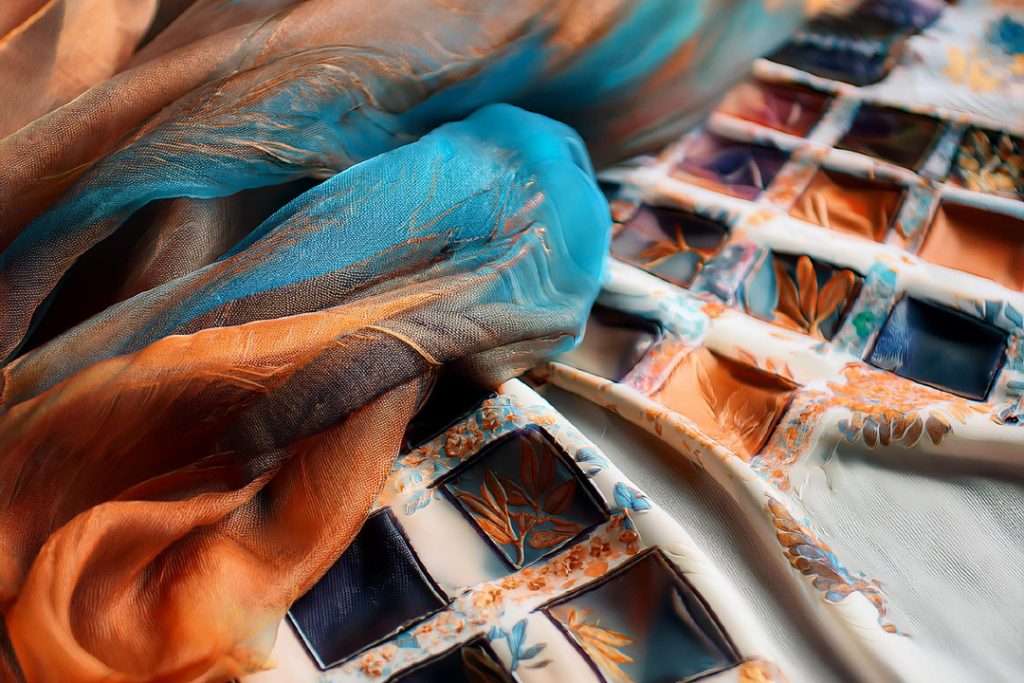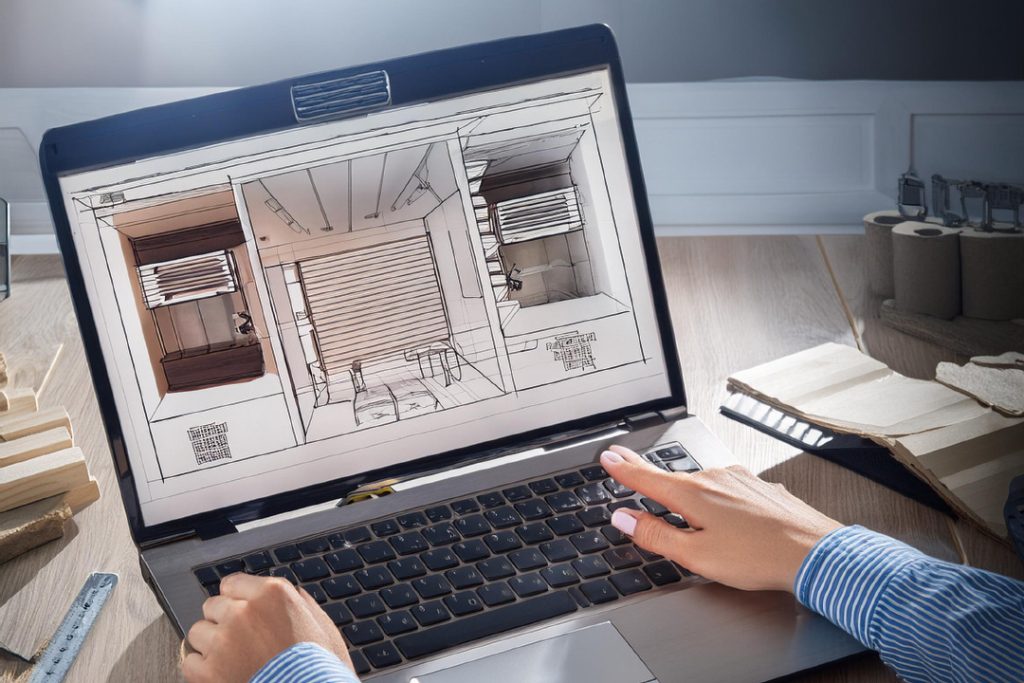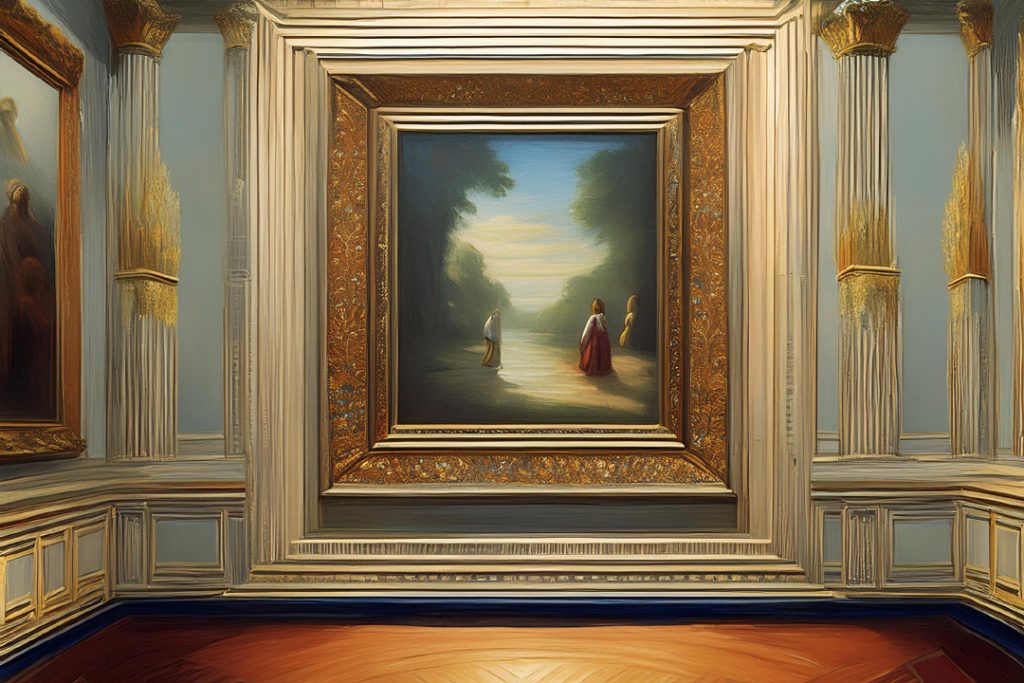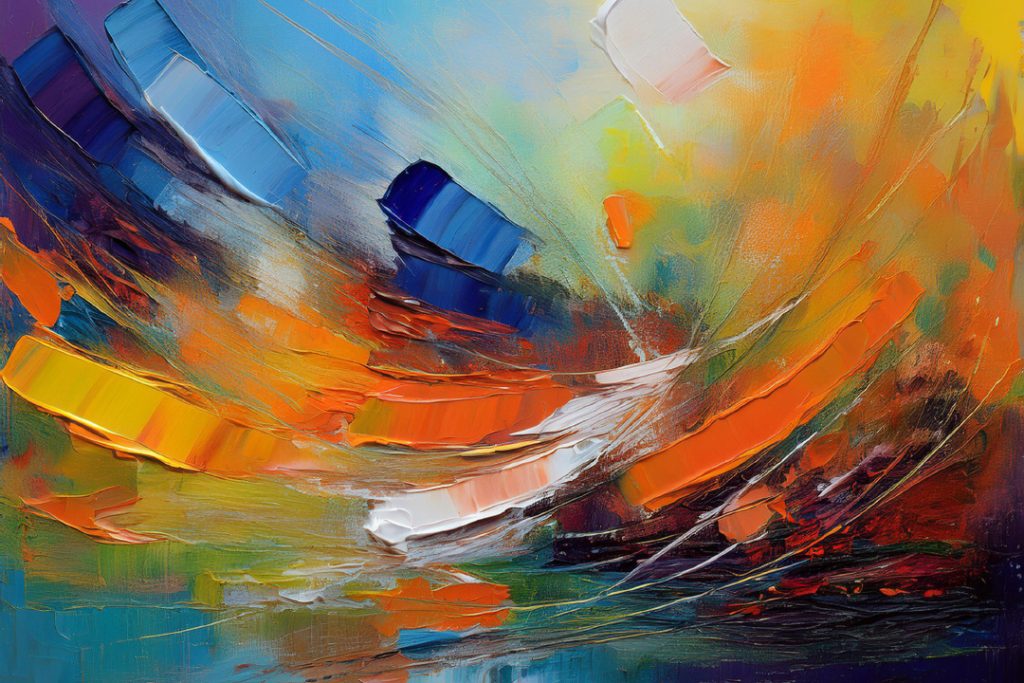Welcome to Mixed Media Art
Hey there, art enthusiast! Mixed media art is your ticket to a world where imagination knows no bounds. Forget the rules, this is about blending, mixing, and creating something uniquely yours. Let’s take a trip back in time to see how this all began and why it’s still a fave among artists today.
The Birth of Mixed Media
Way back in 1912, a couple of artistic rebels named Pablo Picasso and Georges Braque decided to shake things up. They played around with cubist collages, slapping together newspaper bits, fabrics, and paint to invent something totally new (Tate). This wasn’t just a flash in the pan; it kicked open the door for a whole new way of making art.
Their adventurous spirit didn’t stay stuck in the past. Since then, artists have been getting their hands messy with mixed media, experimenting with all kinds of materials and techniques. From Picasso’s wild collages to today’s canvas mashups, mixed media is all about pushing boundaries.
What’s Mixed Media Anyway?
Simply put, mixed media art uses more than one kind of material in one piece (Tate). Picture oil paint mingling with acrylics, or collages meeting up with scribbles and paint splashes (Angelo Accardi). Artists mix mediums to bring their imagination to life in a way that straight-up paint or drawing just can’t.
This isn’t to be mixed up with multi-media art, which involves techy elements like video or sound (Tate). Traditional mixed media sticks to physical stuff—layers, textures, and all that tactile goodness, helping artists create pieces that scream creativity from every angle.
Why do artists love mixed media? Because it’s a playground of possibilities. Think of recycled bits, blending painting styles, or experimenting with wild textures. If you’re itching to get started, don’t miss our essential supplies for mixed media art.
| Key Ingredients | Examples |
|---|---|
| Crazy Combinations | Oil & acrylics, Collages & paints, Drawings & paints |
| Trailblazing Artists | Picasso, Braque |
| Artfulness | Versatile, Multi-layered, Free |
Want to dive deeper? Check out our takes on famous paintings in history and contemporary sculpture artists. Get ready to explore the vast, varied, and totally awesome world of mixed media art, where every piece you create is a new adventure!
Fun with Mixed Media Art
Mixed media art is an adventure waiting to happen. It’s that thrilling mix of different methods and materials that lets any artist create something truly magical. Let’s break down some essentials to help you mix, match, and layer like a pro.
Mix and Match: Artistic Styles
What’s cool about mixed media is how it pulls in different art styles. Think about surrealism’s dreamy vibes or cubism’s funky shapes. Here’s a quick lowdown:
- Surrealism: Dreamlike and full of wild symbols.
- Cubism: Geometric shapes that twist your view.
- Assemblage: Found objects coming together in 3D awesomeness.
- Collage: Sticking layers of images and text to make something unique.
These styles let you play around and create something fresh.

Mediums Galore
Mixed media shines because you get to use so many different materials. Angelo Accardi says it’s about everything from collage to performance art. Here’s a handy chart to get you started:
| Medium | Uses |
|---|---|
| Paint | Backgrounds, base layers |
| Ink | Detail work, outlines |
| Fabric | Texture, patterns |
| Found Objects | Adding that real-world touch |
| Digital Media | Spicing up with modern tech |
Combining these can push your art way beyond just pencil and paper.
Layers and Texture
One of the best parts about mixed media is layering. This creates depth and makes your art pop. Jaime Leigh Writes explains that layers are what give mixed media its spark. Here’s a simple guide:
- Base Layers: Start with paint or ink to get a foundation.
- Middle Layers: Add fabric, paper, or photos to build depth.
- Top Layers: Finish with beads, glitter, or anything that shines.
Adding different textures makes your art stand out.
Get Hands-On
Want to try it yourself? Check out our painting techniques for beginners for some hands-on fun.
Exploring mixed media art means diving into endless possibilities. With a mix of styles, a variety of mediums, and creative layering, you can make art that really speaks to you. For more inspo, see our articles on famous paintings in history and contemporary sculpture artists.
So grab those paints, scissors, and random bits and bobs, and get started on your mixed media masterpiece!
Famous Mixed Media Artists

Mixed media art owes much of its vibrancy to the trailblazing work of some standout artists in history. Pablo Picasso, Georges Braque, Jean Dubuffet, and Akunyili Crosby, in particular, shook things up in fascinating ways. Let’s dive into their creative journeys and see how they pioneered combining various mediums.
Pablo Picasso and Georges Braque: The Dynamic Duo
When you think of mixed media, it’s hard not to think of Picasso and Braque. They kicked off this whole craze around 1912, revolutionizing art with their Cubist collages. Imagine breaking objects into fragments and reassembling them with paint, paper, oilcloth, and even chair caning. Yep, you read that right—actual chair caning (Tate, Muse Kits Blog).
Check out Picasso’s “Still Life with Chair Caning,” a prime example of smashing norms. These two legends laid the groundwork, giving future artists the green light to blend different materials and styles into chaotic harmony.
Jean Dubuffet: The Rule Breaker
Jean Dubuffet, a French maverick, threw the art world a curveball with his raw, textured masterpieces. Inspired by primitive art, children’s doodles, and even asylum patients’ works, Dubuffet was all about authenticity (Serathena). Sand, tar, straw—you name it, he used it. His daring approach blew open new paths for artists to get real, gritty, and emotionally rich.
Akunyili Crosby: The Modern Maven
Fast forward to now, and you’ve got Akunyili Crosby stirring things up. A Nigerian artist making waves globally, she infuses collage with photos, paint, colored pencils, charcoals, and textiles. Each piece layers cultures and memories, touching on identity in poignant ways (Muse Kits Blog).
Curious about more art trailblazers? Check out our features on famous paintings in history and contemporary sculpture artists.
These artists didn’t just play with materials—they redefined the game. Whether you’re just dipping your toes into the art world or you’re an old hand, knowing these legends gives you a deep appreciation of the art’s evolving landscape. Their work encourages us to keep pushing boundaries and experimenting with new ideas.
Ready to discover more? Dive into the rich world of mixed media art techniques and get inspired.
Must-Have Gear for Mixed Media Art
Diving into mixed media art can be a thrilling ride! Knowing what supplies to have will help you unlock your creative potential. Let’s explore the basics, plus some cool ways to use recycled and found stuff.
Core Supplies and Tools
Getting the right gear is important for any mixed media artist. Here’s a list of basic supplies that will set you off on the right track:
- Paper: Different kinds like watercolor, sketch, and mixed media paper
- Pens: Micron pens, gel pens, fine liners
- Glue: PVA glue, glue sticks, decoupage glue
- Acrylic Paint: Flexible for both smooth and textured surfaces
- Brushes: Different sizes and shapes for detail work and broad strokes
- Gesso: A primer to prep surfaces, making it easier for paints and other materials to stick
For more painting tips, check out our article on painting techniques for beginners.
| Item | Purpose | Examples |
|---|---|---|
| Paper | Canvas or base | Watercolor paper, Mixed media paper |
| Pens | Detailing | Micron pens, Gel pens |
| Glue | Adhesive for various materials | PVA glue, Decoupage glue |
| Acrylic Paint | Base and layers | Multiple colors |
| Brushes | Applying paint and textures | Flat brushes, Round brushes |
| Gesso | Surface preparation | White gesso, Clear gesso |
These basics offer endless possibilities, whether you’re doing 2D or 3D projects.
Recycled and Found Stuff
Mixed media art loves innovation. Using recycled and found objects can add unique textures and depth to your work. Think about these:
- Cardboard: Strong base that can be shaped
- Fabric Scraps: Adds texture and color; perfect for backgrounds or focal points
- Old Magazines: Great for collage elements
- Bubble Wrap: Doubles as a stamp for texture with acrylic paint (HubPages)
- Natural Elements: Leaves, twigs, pebbles for an organic feel
- Metal Pieces: Screws, nails, wire for an industrial vibe
- Found Objects: Buttons, beads, other small things for unique accents
| Object | Use |
|---|---|
| Cardboard | Base and 3-D elements |
| Fabric Scraps | Texture and layering |
| Old Magazines | Collages |
| Bubble Wrap | Texturing backgrounds |
| Natural Elements | Organic elements |
| Metal Pieces | Industrial touches |
| Found Objects | Unique embellishments |
Find more cool materials by checking out the works of modern sculpture artists.
Using recycled and found objects not only brings a special touch to your creative process but also promotes sustainability. Be daring, tinker with textures, and push boundaries with mixed media techniques. For some inspiration, see how famous paintings have inspired mixed media artists to elevate their craft.
Creating Mixed Media Artwork
Diving into mixed media art is like opening a toy chest of endless possibilities. Artists can experiment and mix and match different techniques and materials. Buckle up – we’re going to look at layering techniques and how to get your background and surfaces ready to create some awesome art.
Layering Techniques
Layering is what sets mixed media apart. It’s like building a sandwich – you’ve got to put the ingredients together just right. When done right, layers add depth, texture, and make your work pop.
Now, before you start slapping on paint and glue, think about how your layers interact. Each material has its quirks. The sequence matters, big time. You can’t just throw things together like a kid’s lunch.
For example, artists follow the “Fat over Lean” rule. Don’t panic! It just means putting thin layers down first and thicker ones on top. Keeps your art from cracking like a dry cookie.
| Material | Order of Application |
|---|---|
| Watercolor | First |
| Acrylic | Second |
| Oil Paint | Last |
Try these tricks to layer like a pro:
- Prime your surfaces with gesso for texture.
- Use collage elements – paper, fabric, old photos.
- Mix painting, drawing, stamping.
- Add text for a personal touch.
Even if you’re just starting, you can make cool stuff with what’s on hand. Wanna see some examples? HubPages has got some gems on minimal material artistry. Ready to start playing around? Check out our guide on painting techniques for beginners.
Background and Surface Preparation
The groundwork is where the magic begins. Prepping your surface is like laying the foundations of a house – it holds everything together.
Common surfaces for mixed media:
- Canvas
- Wood panels
- Recycled objects (because upcycling is rad!)
First, slap on some gesso. It’s a primer that makes everything stick better. Here’s your prep cheat sheet:
| Surface Type | Preparation |
|---|---|
| Canvas | Apply gesso |
| Wood Panel | Sand + Gesso |
| Recycled Objects | Clean + Base (Gesso/Acrylic) |
Working with recycled bits and bobs makes your art unique and eco-friendly. Turn old boxes into journals, gussy them up with paint, stamps, and doodles. Trust me, it’s cooler than it sounds (HubPages).
Give your backgrounds some flair using techniques like:
- Texturing with modeling paste
- Color washes with inks or watercolors
- Stenciling patterns
These additions transform a bland surface into a vibrant canvas. Need some inspiration? Hop over to our famous paintings in history page and see how the masters did it.
By nailing these techniques, you’ll churn out jaw-dropping mixed media pieces, each layer a new chapter in your unique visual story. Time to get messy and create something incredible!
What’s New in Mixed Media Art
Mixed media art is always on the move, blending old school and modern vibes to create something fresh. Two major trends right now? Digital elements and a mix-and-match approach to art styles.
Digital Integration
Artists today mix digital with traditional art like DJs mix tracks. By adding photos, 3D models, and even augmented reality to classic techniques, they open up new creative worlds. Here’s what’s going down:
| Digital Element | What’s Cool About It |
|---|---|
| Photographs | Mix digital photos with paint or collage for extra oomph. |
| 3D Models | Add a third dimension for more wow-factor. |
| Augmented Reality (AR) | Make your art interactive and mind-blowing. |
Visual Arts Passage says that smashing digital tools into classical art brings endless possibilities. If you’re curious about old-school styles, check out these beginner painting techniques to get your feet wet.
Artistic Freedom and Boundaries
The beauty of mixed media? No rules, just right. From abstract to dreamlike scenes, the styles to play with are endless. Here’s a quick peek:
| Style | What’s It About |
|---|---|
| Abstract Expressionism | Go wild with abstract and spontaneous brushstrokes. |
| Surrealism | Dive into dreamy, bizarre visual trips. |
| Collage Work | Mash up different materials and textures. |
| Assemblage | Use found objects to make 3D art pieces. |
This no-boundaries approach lets artists push limits and think outside the canvas. According to Visual Arts Passage, blending styles fuels creativity and keeps art fresh.
If you want to see how mixed media art fits into the bigger picture, check out the abstract art movement history or learn about famous paintings in history.
By leaning into these trends, artists don’t just keep up—they turn heads and set new directions in the art scene. So, go on, shake things up and see where your creativity takes you!
Here some recommended links selected for you: The Best Books of the Month, Todays best Deals at Amazon, Best Sellers in Cell Phones & Accessories and last but not least the easy and great way to send a gift for the holidays: Amazon.com eGift Card (Instant Email or Text Delivery).




